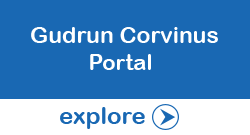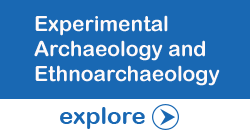Down Ancient Trails: Speakers August 2020
Down Ancient Trails: About our Speakers
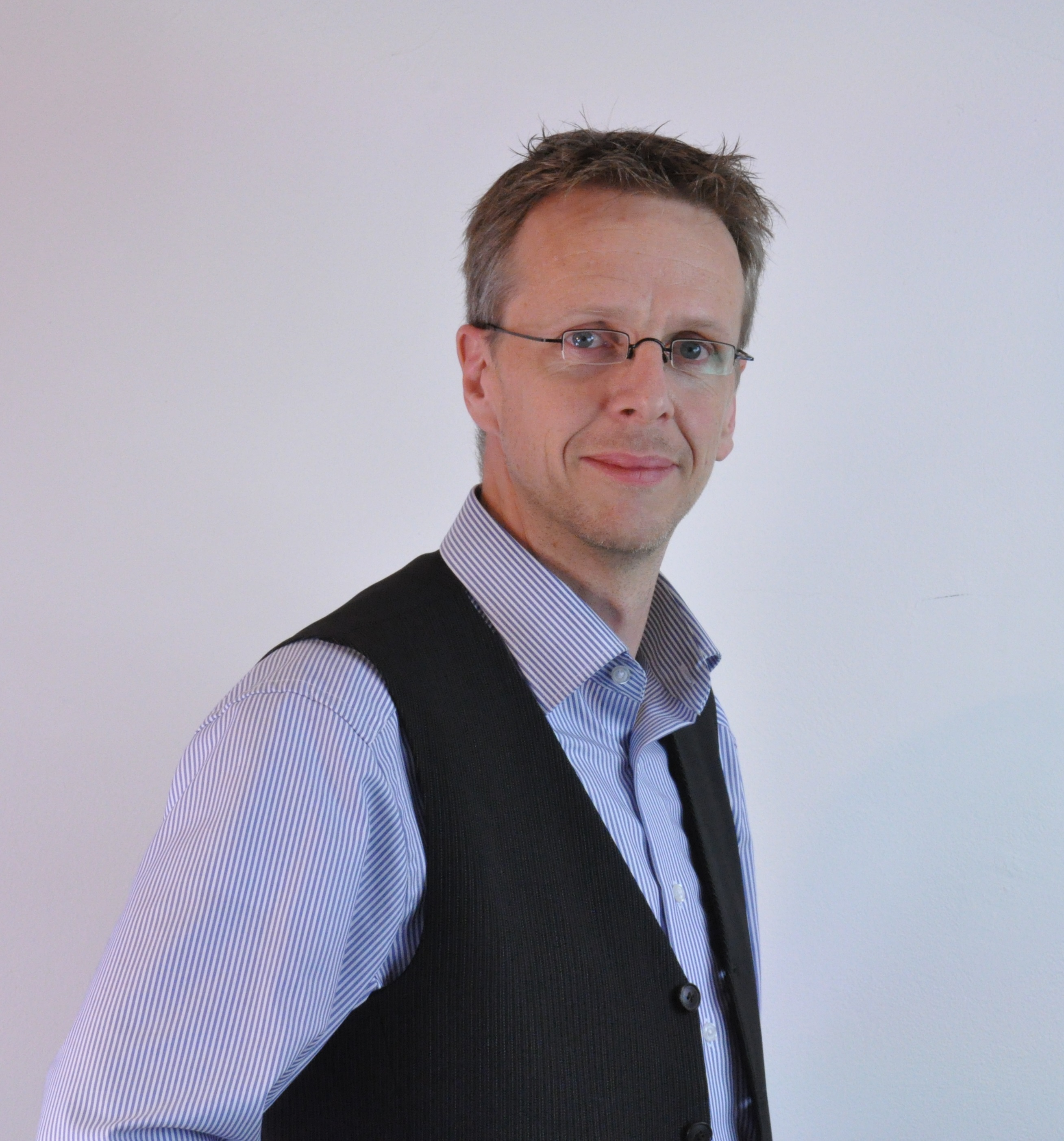 27th August, 2020. 6.30 pm (IST). Dr. Olaf Joris, senior researcher at MONREPOS MONREPOS Archaeological Research Centre and Museum for Human Behavioural Evolution, Römisch-Germanisches Zentralmuseum Mainz, Germany. Topic: Human Learning Environments in evolutionary context.
27th August, 2020. 6.30 pm (IST). Dr. Olaf Joris, senior researcher at MONREPOS MONREPOS Archaeological Research Centre and Museum for Human Behavioural Evolution, Römisch-Germanisches Zentralmuseum Mainz, Germany. Topic: Human Learning Environments in evolutionary context.
Abstract: With the evolution of larger brains and associated changes in brain organization, over the last ~2.5 million years humans developed enhanced cognitive capacities, that are reflected in high levels of individual self-awareness and intentionality („Theory of Mind“). From the perspective of behavioural ecology the human cognitive ‚setup‘ is of great adaptive significance, as it has been fundamental in the development of new modes of social interaction and fissioning as concerns both, the frequency and the quality of inter-individual bonds. Empathy and trust did not only pave the way for the establishment of networks of reciprocating partners, but also for the emergence of cooperative behaviours that were not necessarily limited by the narrow bounds of kinship. The different modes employed in the transmission of information / knowledge can be seen as the interface between our cognitive ‚setup‘ and the social environments we are embedded in. And our human culture can be seen as the product of our cognitive abilities and our social environments, in which information / knowledge is transmitted and recieved in different (horizontal) ways and between different (vertical) levels (i.e. intergenerational). Spanning millions of years, the rich Palaeolithic archaeological record sheds light on the interdependences between the evolution of human social environments on the one hand and the modes underlying information / knowledge transferral on the other. It allows to reconstruct what were the essential ingedients in the different modes of learning and teaching – hoizontally and vertically – that led to the enrichment of information and to the accomplishment of new knowledge that resultes in our cumulative culture today.
Keywords: Transmission of knowledge; Accumulation of knowledge; Questioning; Skill, competance and specialisation; „Theory of Mind“ (ToM); Language; Ontogenesis; Social environments; Tinbergen’s four Why‘s
About: His main research fields include Pleistocene and Early Holocene archaeology; lithic studies; Palaeolithic art; chronology and climate. He is a senior researcher and deputy head of the MONREPOS Archaeological Research Centre and Museum for Human Behavioral Evolution, Romano-Germanic Central Museum (Römisch-Germanisches Zentralmuseum), RGZM, since 2003. Since 2004 he teaches Prehistoric Archaeology at the Institute of Ancient Studies at Johannes Gutenberg University Mainz. Since 2014, he is a visiting Professor at Lanzhou University, MOE Key Laboratory of Western China’s Environmental Systems / Research School of Arid Environment and Climate Change, Lanzhou (China). Since 2001, he has been teaching at Cologne University (2001-2002), Tübingen University (2002-2003), Leiden University (2013), University Toulouse Jean Jaurès (2015), Heidelberg University (2016). In 1997, he recieved his PhD from Cologne University, and prior to that (1988-1997) studied at Cologne University. He was awarded with several scholarships and with 4th Tübinger Förderpreis für Ältere Urgeschichte und Quartärökologie (2002).
He published noumerus journal articles, books and edited volumes and is a regular reviewer for international Science Organisations, Universities and scientific journals and member of severals Science organisations.
Ten Selected Publications
Nishiaki, Y., Jöris, O. (eds.) 2019 (in press): Learning Strategies during the Palaeolithic. Replacement of Neanderthals by Modern Humans Series (Springer Japan).
Jöris, O. (2018): Der Mensch und das Verhalten. In: S. Fink / R. Rollinger (Eds.), Oswald Spenglers Kulturmorphologie. Universal- und kulturhistorische Studien. Studies in Universal and Cultural History. Springer VS, Wiesbaden, 11–51. (DOI.10.1007/978-3-658-14041-0_2)
Reiche, I., Heckel, C., Müller, K., Jöris, O., Matthies, T., Conard, N.J., Floss, H., White, R., 2018: Combined Non-invasive PIXE/PIGE Analyses of Mammoth Ivory from Aurignacian Archaeological Sites. Angewandte Chemie International Edition. / Kombinierte nicht-invasive PIXE/PIGE-Analysen von aurignacienzeitlichen Objekten aus Mammutelfenbein bedeutender archäologischer Fundstellen. Angewandte Chemie 130 (25), 7550–7554.
Jöris, O., Matthies, T., Fischer, P., 2017: Am Rande der bewohnten Welt. Vom Leben in den trundrenähnlichen Graslandschaften des nördlichen Mitteleuropa vor 34000 Jahren. In: Meller, H., Puttkammer, Th. (ed.), Klimagewalten – treibende Kraft der Evolution. Begleitband zur Sonderausstellung im Landesmuseum für Vorgeschichte Halle (Saale), 2017, 318–331.
Gaudzinski-Windheuser, S., Jöris, O., 2015: Contextualising the Female Image – Symbols for Common Ideas and Communal Identity in Upper Palaeolithic Societies. In: Coward, F., Hosfield, R., Pope, M., Wenban-Smith, F., (eds.), Settlement, Society and Cognition in Human Evolution. Landscapes in Mind (Festschrift Clive Gamble), (Cambridge: Cambridge University Press), 288–314. *
Adler, D.S., Wilkinson, K.N., Blockley, S., Mark, D.F., Pinhasi, R., Schmidt-Magee, B.A., Nahapetyan, S., Mallol, C., Berna, F., Glauberman, P.J., Raczynski-Henk, Y., Wales, N., Frahm, E., Jöris, O., MacLeod, A., Smith, V.C., Cullen, V.L., Gasparian, B., 2014: Early Levallois Technology and the Lower to Middle Paleolithic Transition in the Southern Caucasus, Science 345, 1609–1613.
Jöris, O., 2014: Early Palaeolithic Europe. In: Renfrew, C., Bahn, P. (eds.), The Cambridge World Prehistory, Vol. III, 1703–1746 (Cambridge: Cambridge University Press). *
Street, M., Jöris, O., Turner, E., 2012: Magdalenian settlement in the German Rhineland - An update. Quat. Int. 272/273, 231–250.
Gaudzinski-Windheuser, S., Jöris, O., Sensburg, M., Street, M., Turner, E. (eds.) 2011: Site-internal spatial organization of hunter-gatherer societies: Case studies from the European Palaeolithic and Mesolithic. RGZM-Tagungen 12 (RGZM: Mainz).
Jöris, O., Street, M., 2008: At the end of the 14C time scale - the Middle to Upper Paleolithic record of Western Eurasia. In: Adler, D.S., Jöris, O. (eds.), Setting the record straight: Toward a systematic chronological understanding of the Middle to Upper Paleolithic boundary in Eurasia. J. Hum. Evol. 55 (5), 782–802. (J. Hum. Evol. top-cited article).
Past Speakers: August 2020
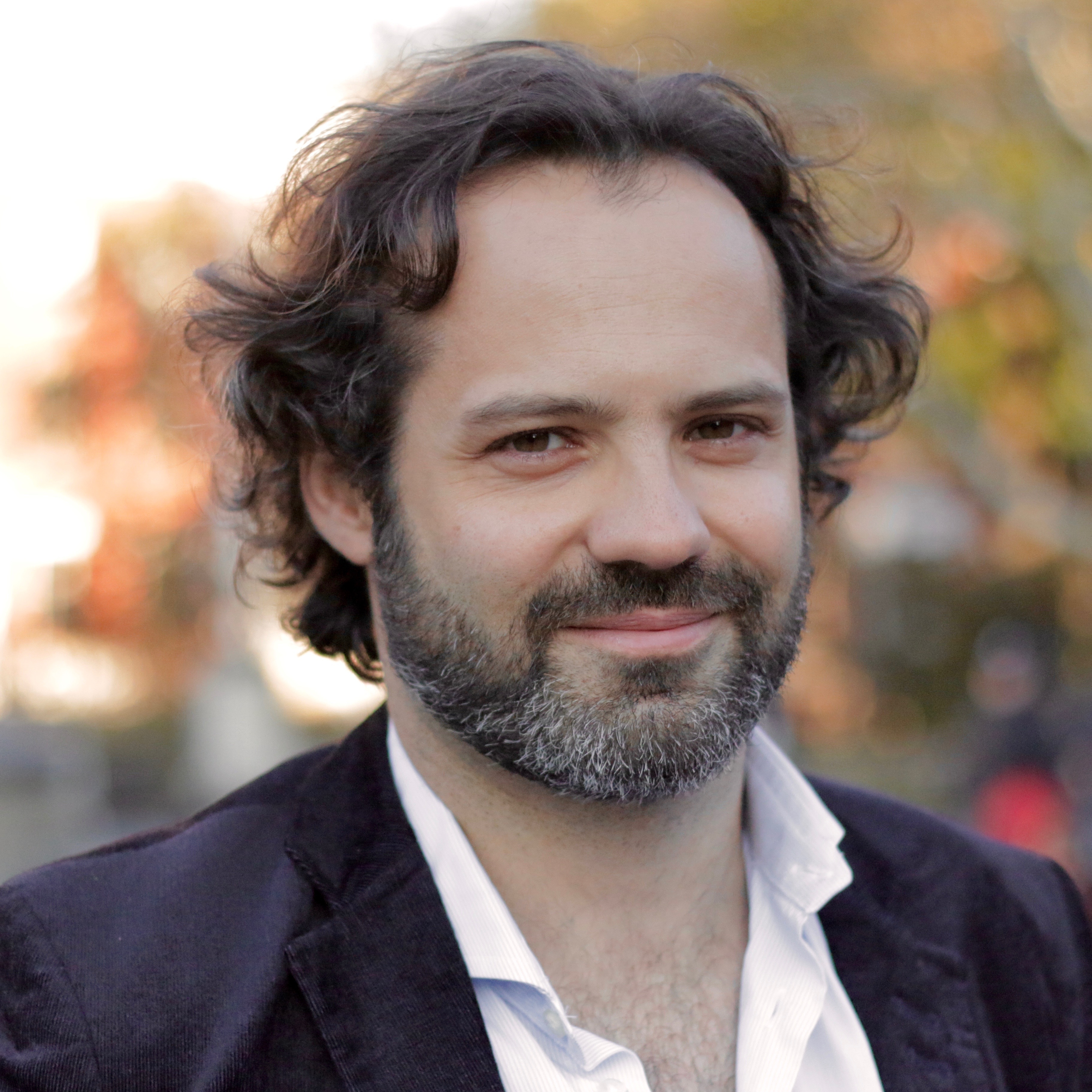 19th August, 2020, 4.30 pm (IST). Professor Radu Iovita, Department of Anthropology at New York University and in the Department of Early Prehistory and Quaternary Ecology at the University of Tübingen. Topic: Reconstructing the Silk Road in the Pleistocene: new research from Kazakhstan.
19th August, 2020, 4.30 pm (IST). Professor Radu Iovita, Department of Anthropology at New York University and in the Department of Early Prehistory and Quaternary Ecology at the University of Tübingen. Topic: Reconstructing the Silk Road in the Pleistocene: new research from Kazakhstan.
Abstract: Paleoanthropological data suggest that the Late Pleistocene was a time of population contact and possibly dispersal in Central Asia. Geographic and paleoclimatic data suggest that a natural corridor through Kazakhstan linked areas to the north and east (Siberia, China) to those further to the west and south (Uzbekistan), much like a Paleolithic Silk Road. Following a short review of the known Pleistocene archaeology and paleoclimatic setting of this region, we discuss the geoarchaeological framework for contextualizing preliminary survey results of the PALAEOSILKROAD project's first three seasons of fieldwork (2017-2019). We present some systematic biases in three geomorphic and sedimentary archives: karst, loess, and spring deposits, specifying ways in which these biases might determine the kinds of data can be extracted through systematic survey. We present new methods for discovering caves and rockshelters using remote sensing and GIS and conclude with recommendations for future work in the area.
About: I am a paleoanthropologist and Paleolithic archaeologist, currently working in the Department of Anthropology at New York University and in the Department of Early Prehistory and Quaternary Ecology at the University of Tübingen. My research focuses on human dispersal and adaptation to environmental change in the semi-arid Eurasian loess steppe and on functional analysis of stone artifacts. I am currently leading a major survey and excavation field project in Kazakhstan (PALAEOSILKROAD). From 2010-2012, I led a different field project, in Romania. My Anthrotopography lab at NYU tries to answer historical questions at different scales, using microscopes to peer into the forensics of ancient tool use and remote sensing to recover past landscapes. More is available at https://wp.nyu.edu/faculty-iovita/.
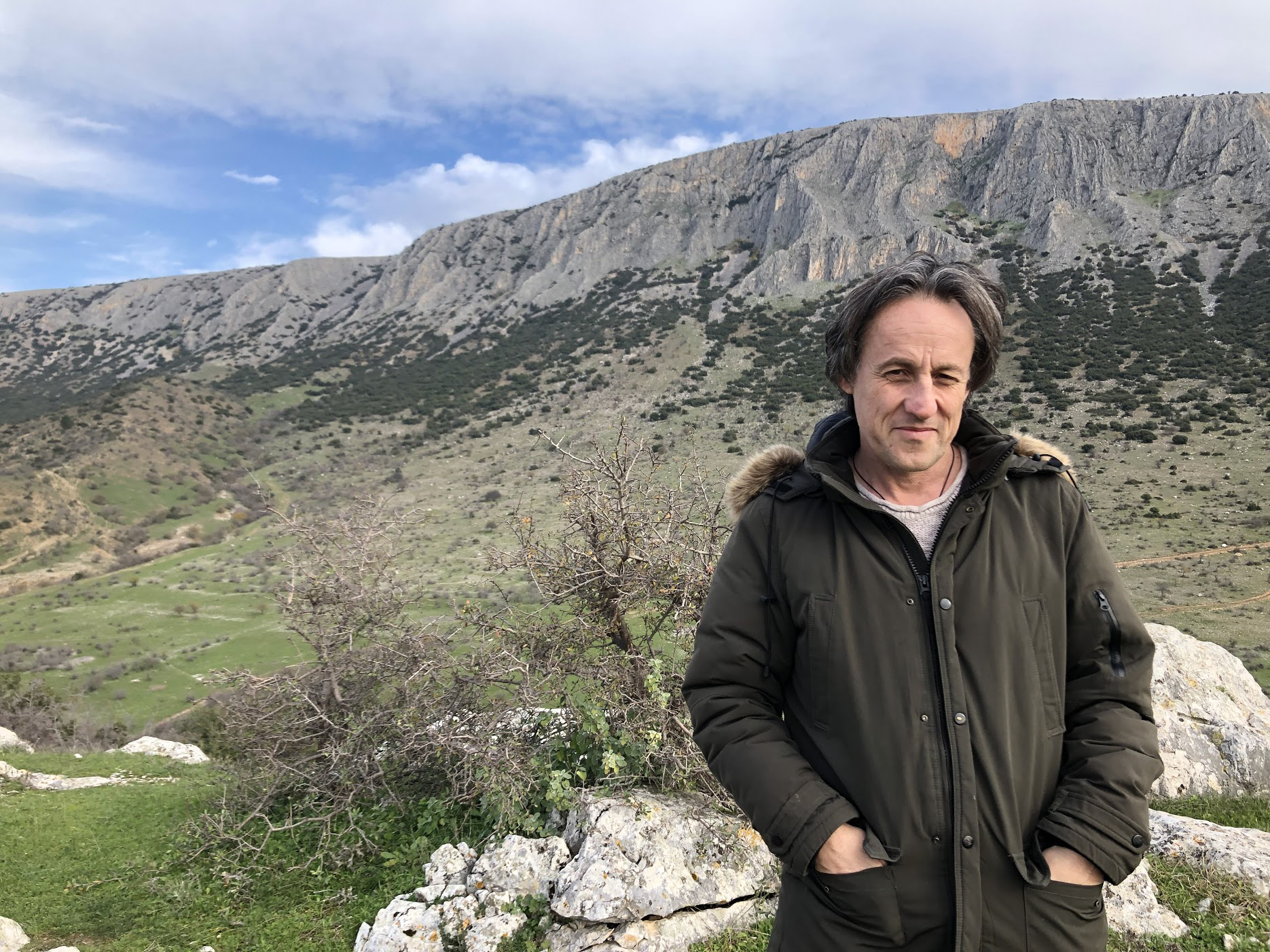 17th August, 2020, 6.30 pm (IST): Professor Tom Higham, Professor of Archaeological Science, University of Oxford, and Director of the Oxford Radiocarbon Accelerator Unit. Topic: What happened when Europe’s Neanderthals met Homo sapiens between 50-40,000 years ago?
17th August, 2020, 6.30 pm (IST): Professor Tom Higham, Professor of Archaeological Science, University of Oxford, and Director of the Oxford Radiocarbon Accelerator Unit. Topic: What happened when Europe’s Neanderthals met Homo sapiens between 50-40,000 years ago?
Abstract: Chronology is one of the keys to understanding the nature of the process of replacement of Neanderthals and Denisovans by Homo sapiens around 50-40,000 years ago. It is only comparatively recently that the challenges of reliably radiocarbon dating sites dating to this period have been fully appreciated. New developments in the area of pretreatment chemistry have allowed us to obtain much more reliable dates and to quantify the extent of the problems with previous chronologies. This is now allowing us new insights into the spatio-temporal patterning of the process of the transition from Middle to Upper Palaeolithic and the biocultural shift that accompanied it. I will describe new results from work undertaken over the last decade and a model for the replacement of our archaic cousins.
About: Tom Higham is Professor of Archaeological Science at the University of Oxford. He is the Director of the Oxford Radiocarbon Accelerator Unit.
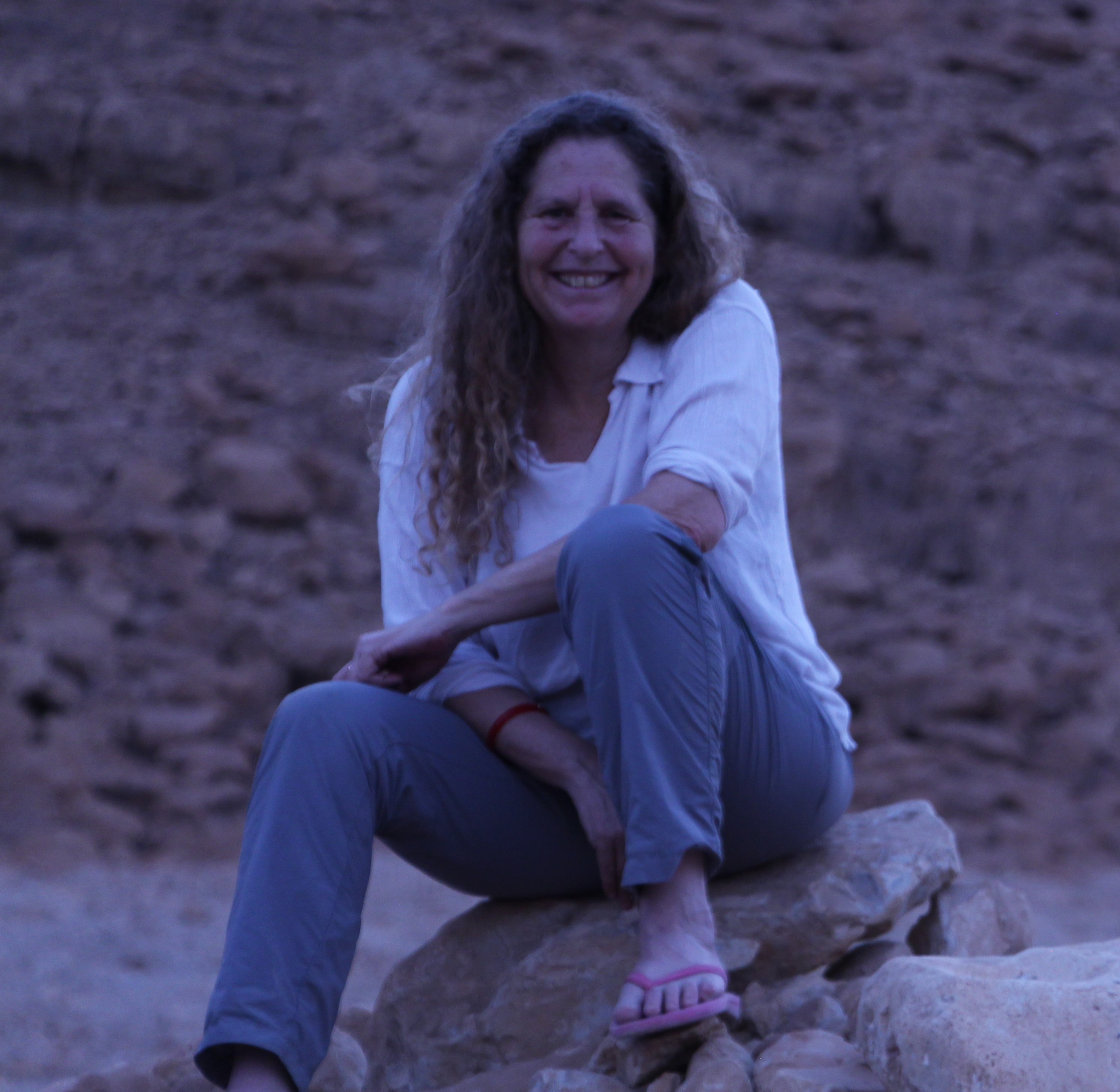 11th August, 2020, 6.30 pm (IST). Professor Leore Grosman, Institute of Archaeology, The Hebrew University of Jerusalem. Topic: Computational Archaeology - 3D Tools for Investigating Artifacts.
11th August, 2020, 6.30 pm (IST). Professor Leore Grosman, Institute of Archaeology, The Hebrew University of Jerusalem. Topic: Computational Archaeology - 3D Tools for Investigating Artifacts.
Abstract: Present talk will present techniques and ideas from computer science that are integrated in the archaeological research methodologies. Archaeological material are scanned to three dimensional (3D) digital models and analyzed with the computer programs developed at our laboratory. These programs address research issues that could not be addressed without the availability of these digital 3D models, and which broaden the horizons of the archaeological research. Several case studies will be presented including technological and functional analysis of prehistoric artifacts, understanding knapping sequences by scar pattern analysis, etc.
About: Leore Grosman is a professor at the Institute of Archaeology, The Hebrew University of Jerusalem. As a prehistoric archaeologist, she explores the critical period of transition from nomadic to sedentary lifestyles. As the director of the Computational Archaeology Laboratory, she is involved in projects integrating the humanities with the sciences in order to “understand the past with the tools of tomorrow”, applying scientific techniques and methodologies, particularly tools supplied by mathematics and computer sciences, to modern archaeological research. She is the director of the Terminal Paleolithic excavations at Hilazon Tachtit Cave and Nahal Ein-Gev II.
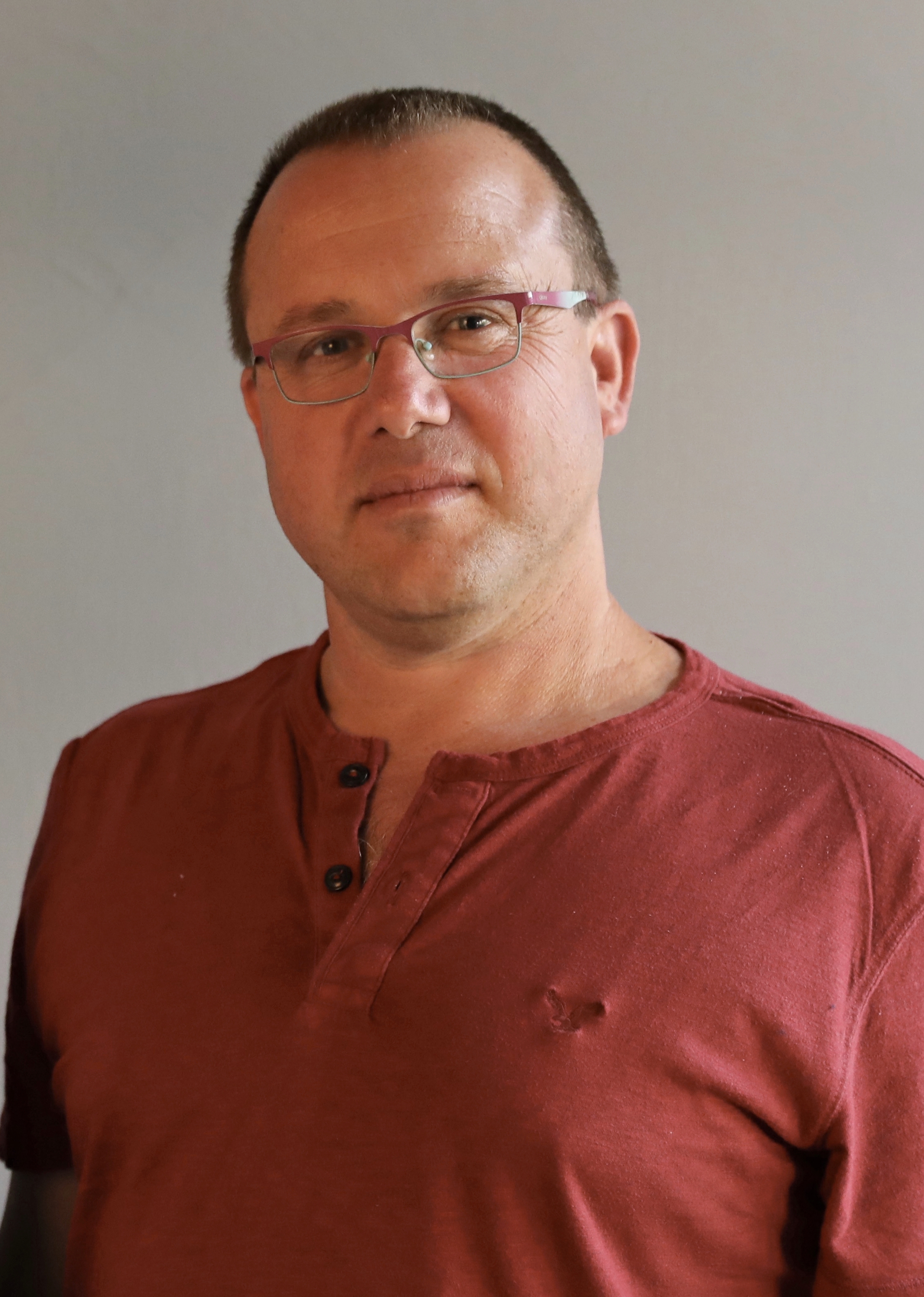 10th August, 2020, 7 pm (IST): Professor Ran Barkai, Professor, Department of Archaeology and Ancient Near Eastern Cultures, Tel Aviv University. Topic: The elephant in the handaxe: An ontological perspective.
10th August, 2020, 7 pm (IST): Professor Ran Barkai, Professor, Department of Archaeology and Ancient Near Eastern Cultures, Tel Aviv University. Topic: The elephant in the handaxe: An ontological perspective.
Abstract: Humans and Proboscideans (the taxonomic order of elephants as well as several extinct animals such as mammoth) have shared habitats across the Old and New Worlds during the past two million years, starting with the appearance of the Genus Homo in Africa and following the dispersals of humans to other continents. Proboscideans were included in the human diet starting from the Lower Paleolithic and continued until the final stages of the Pleistocene, providing humans with both meat and, especially, fat. Meat eating, large-game hunting and food-sharing appeared in Africa some two million years ago and these practices were accompanied and supported by growing social complexity and cooperation. This argument emphasizes the dependency of early humans on calories derived from mega herbivores through the hunting of large and medium-sized animals as a fundamental and very early adaptation mode of Lower Paleolithic humans, and the possible emergence of social and behavioral mechanisms that appeared at these early times. Moreover, elephants and mammoths probably also had cosmological and ontological significance for humans, as their bones were used to produce artifacts resembling the iconic Lower Paleolithic stone handaxe, in addition to their representations in Upper Paleolithic "art". Elephants and mammoths were not only habitat companions, most probably conceived as non-human persons, but were also included in the human diet, beginning with the emergence of Homo erectus in Africa and up until the final stages of the Pleistocene with the extinction of proboscideans in Europe, America and most parts of Asia I will suggest a possible nexus between the two iconic hallmarks of the Lower Paleolithic period: the elephant and the handaxe and will discuss its significance in understanding human adaptation, lifeways and cosmology.
About: Ran Barkai is Professor at the Department of Archaeology and Ancient Near Eastern Cultures, Tel Aviv University. He codirects excavations at the Middle Pleistocene site of Qesem Cave and has published extensively on difffferent aspects of Palaeolithic and Neolithic technology,subsistence,cosmology, and lifeways.
Click on these links to check out our PAST SPEAKERS: Speakers: May 2020 * Speakers: June 2020 * Speakers:July 2020

